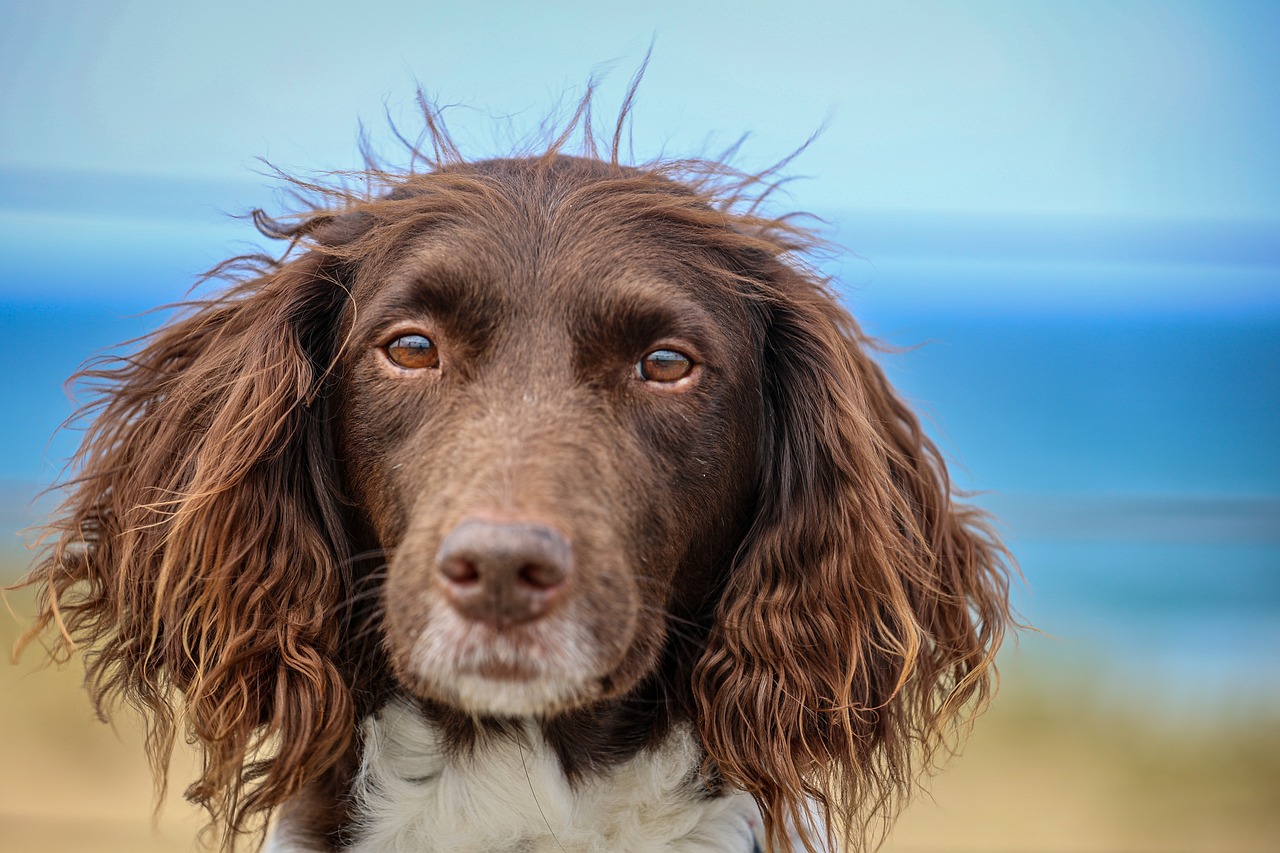Pet ownership comes with a range of responsibilities, including providing proper healthcare for your furry companions. Just like humans, pets can experience a variety of medical issues, and these unexpected health concerns can be financially burdensome. This is where pet insurance can play a crucial role in ensuring that your beloved animal receives the necessary medical attention without straining your finances. One common condition that pet owners may face is cherry eye, an ocular disorder that affects dogs in particular. In this article, we’ll explore what cherry eye is, its treatment options, and whether pet insurance typically covers the costs associated with its diagnosis and treatment.
Understanding Cherry Eye:
Cherry eye, scientifically known as “prolapse of the nictitans gland” or “third eyelid gland,” is a condition that primarily affects dogs, especially certain breeds like Bulldogs, Cocker Spaniels, and Beagles. The third eyelid, or nictitating membrane, is a thin tissue located in the corner of a dog’s eye, housing a tear-producing gland that helps keep the eye lubricated. When this gland slips out of its normal position and becomes visible as a red or pink mass in the corner of the eye, it’s referred to as cherry eye.
Related: Where can I find the most inexpensive pet insurance?
The exact cause of cherry eye isn’t definitively understood, but it’s believed to be related to the weakening of connective tissues that hold the gland in place. While cherry eye itself isn’t usually painful, it can lead to discomfort, irritation, and dry eye if left untreated. This makes early diagnosis and proper treatment crucial.
Treatment Options for Cherry Eye:
Treating cherry eye typically involves surgical intervention. There are a few surgical techniques available, but the main goal is to reposition the prolapsed gland back to its normal location and secure it to prevent future occurrences. Some common surgical methods include the pocket technique, in which the gland is sutured into a small pocket within the third eyelid, and the tacking technique, where the gland is sutured in place without creating a pocket.
Prompt treatment is important to avoid complications that can arise from leaving cherry eye untreated, such as chronic irritation, conjunctivitis, and corneal ulcers. After surgery, dogs usually recover well, although follow-up care and monitoring are necessary to ensure proper healing.
Does Pet Insurance Cover Cherry Eye?
The question that many pet owners face when their furry friends encounter medical issues like cherry eye is whether their pet insurance policy will cover the associated costs. The coverage of cherry eye treatment can vary depending on the pet insurance provider and the specific policy you have in place.
Most comprehensive pet insurance plans cover unexpected accidents and illnesses, which typically include conditions like cherry eye. However, it’s important to note that pet insurance policies often come with a waiting period for coverage of certain conditions. This means that if your pet is diagnosed with cherry eye shortly after you purchase the insurance policy, you might need to wait for a specific period before the treatment costs are covered. Waiting periods can vary, but they’re usually around 14 days for illnesses. Accidents might have shorter or no waiting periods.
When considering pet insurance for your furry companion, it’s crucial to read the policy terms and conditions thoroughly. Look for information about waiting periods, coverage limits, deductibles, and any exclusions that might apply. Pre-existing conditions are typically not covered by pet insurance, so if your pet is diagnosed with cherry eye before you purchase the policy, the treatment for that condition might not be covered.
[HLM_Insurance_Widget placement_name=‘best_insurance_post’ placement_id=‘1’ campaign=‘best_insurance_post’]
Factors to Consider When Choosing Pet Insurance:
When selecting a pet insurance plan, there are a few factors to keep in mind to ensure that you’re making the right decision for your pet’s health and your financial well-being:
- Coverage Inclusions: Review the policy to confirm that it covers conditions like cherry eye, as well as other potential health concerns that your pet might face throughout their life.
- Waiting Periods: Understand the waiting periods associated with various conditions. Opt for a policy that has shorter waiting periods if possible.
- Exclusions: Be aware of any exclusions mentioned in the policy. These might include specific breeds or certain conditions that won’t be covered.
- Deductibles and Copays: Evaluate the deductible and copay amounts. A higher deductible might lead to lower monthly premiums, but you’ll have to pay more out of pocket before coverage kicks in.
- Lifetime Limits: Some policies have annual or lifetime limits on coverage. Consider whether these limits align with your expectations for your pet’s care.
- Customer Reviews: Research the insurance provider’s reputation and customer reviews. Positive experiences from other pet owners can give you insights into the company’s reliability and customer service.
- Cost: Balance the monthly premium cost with the potential benefits. Cheaper plans might have limited coverage, while more expensive plans might offer more comprehensive coverage.
Next Step: Compare the best pet insurance carriers here
In Conclusion:
Pet insurance can provide peace of mind and financial support when unexpected health issues like cherry eye arise. While the coverage for cherry eye treatment is typically included in most comprehensive pet insurance plans, it’s important to review the policy’s terms and conditions, including waiting periods and exclusions. Carefully selecting the right pet insurance plan that aligns with your pet’s potential healthcare needs and your budget can help ensure that your furry friend receives the necessary medical attention without causing undue strain on your finances. Always consult with your veterinarian and carefully read through insurance policies before making a decision. Your pet’s well-being is worth the effort of finding the right coverage.

 Toledo, United States.
Toledo, United States.